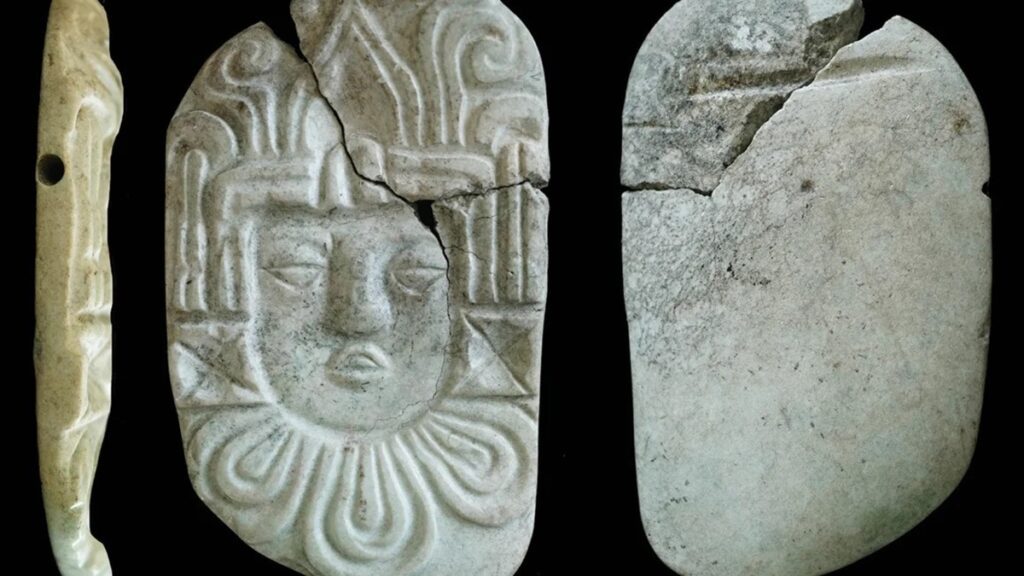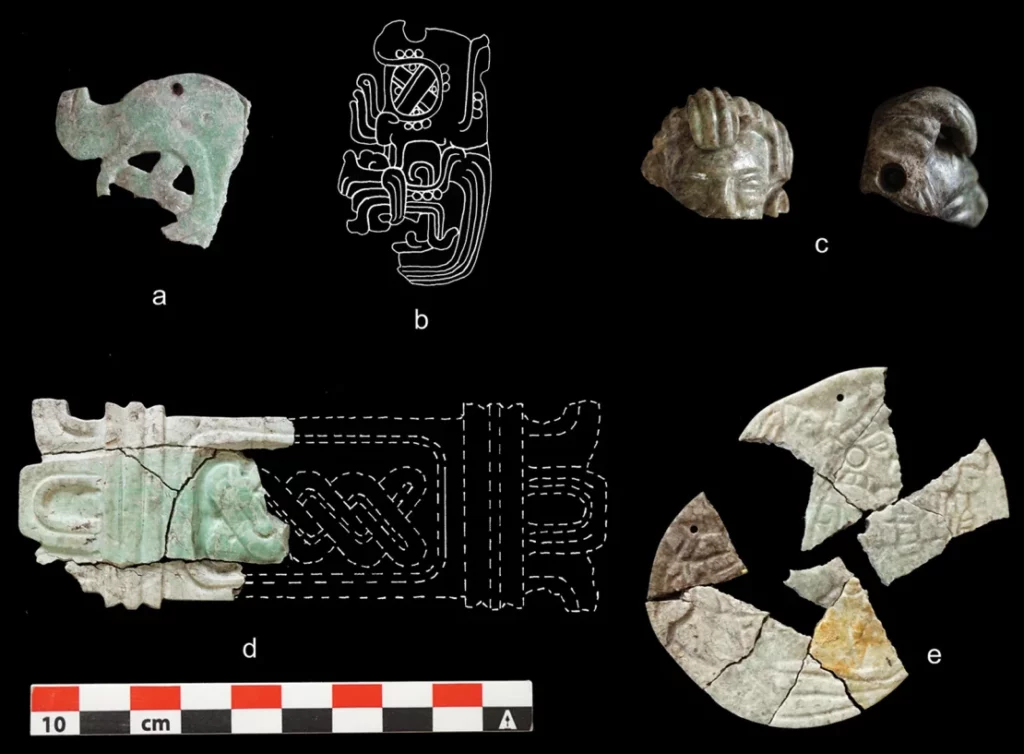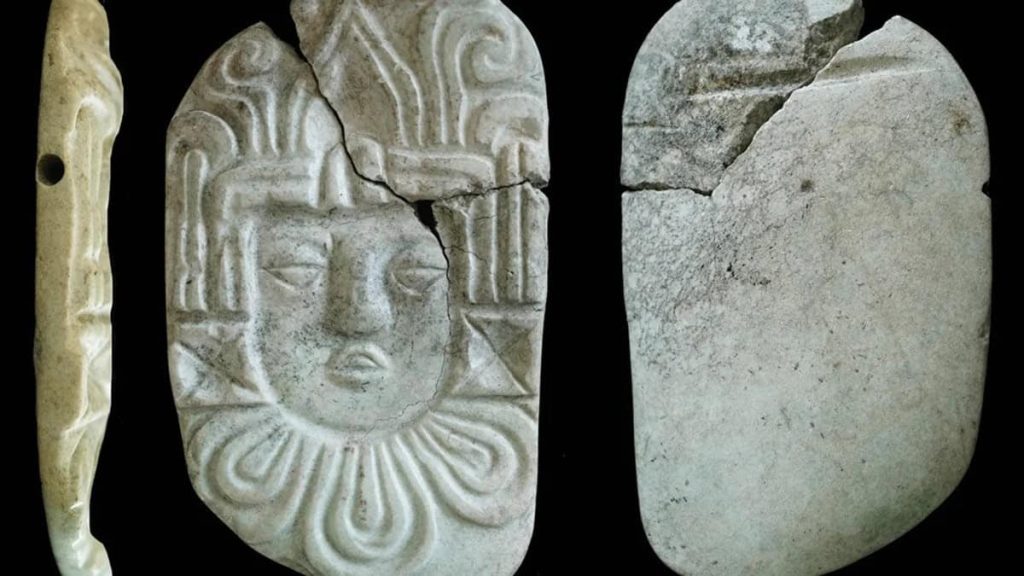
Archaeologists at an ancient Maya pyramid and temple in Guatemala made a surprising find: scorched bones believed to be from royalty and burned rare artifacts This hints at a ceremonial desecration related to a significant political upheaval in the distant past. The remains were left within the temple's foundations, which were still being constructed during the event. The burnt remains and rare artifacts indicate a significant political upheaval in the distant past and suggest a ceremonial desecration. These remains were left within the temple's foundations, which were still being constructed at the time.
Researchers believe this sacrilegious act is linked to the rise of a transformative Maya leader around 1,200 years ago.
Transition through fire
At the Ucanal archaeological site in Guatemala, a team led by Christina Halperin from the University of Montreal unexpectedly found a charred deposit beneath a pyramid temple structure. Christina Halperin led the team in the unexpected discovery at the Ucanal archaeological site in Guatemala. When the archaeologists found the nosepiece and eye discs of a burial mask after sifting through ash, it became clear that the human remains belonged to royalty. They also found bones from at least four people, along with thousands of ornamental greenstones, shell beads, pendants made of mammal teeth, and various weapons.
When the archaeologists found the nosepiece and eye discs of a burial mask after sifting through ash, it became clear that the human remains belonged to royalty. They also found bones from at least four people, along with thousands of ornamental greenstones, shell beads, pendants made of mammal teeth, and various weapons. obsidian After sifting through ash, the archaeologists found the nosepiece and eye discs of a burial mask, leading them to conclude that the human remains belonged to royalty.
Some of the bones and beads show signs of high-temperature combustion, suggesting that everything was piled up and set on fire. This is significant because Maya royalty were not typically cremated.
Similar to the Egyptians, the Mayan elite's remains were placed in inaccessible tombs. However, what was found at Ucanal looks more like a hastily covered dump than a ceremonial tomb.
The intense heat needed to cause the observed damage to the bones indicates a massive inferno, possibly exceeding 1,472 degrees Fahrenheit.
A new ruler marks a new era

According to radiocarbon dating, the event occurred between 773 and 881 AD. This dramatic ritual appears to coincide with the emergence of a leader named Papmalil, known for his unusual title, “ochk’in kaloomte,” or “western overlord”. This is unusual because Maya leadership rarely came from the military.
Halperin believes that what Papmalil did was a “fire-entering rite”, a ritual marking the end of a previous dynasty and the start of new leadership. The remains were probably removed from a tomb and publicly burned. After the fire, the charred bones and artifacts would have been dumped in the temple pyramid, solidifying Papmalil’s rise to power.
Around this time, Papmalil’s new regime dismantled old monuments, ordered new public buildings constructed, and formed new political alliances.
The Ucanal discovery, once the bustling capital of the K’anwitznal kingdom, not only highlights the dynamic nature of Maya political life, but also emphasizes the continuity and resilience of Maya society through periods of profound change. Finding direct evidence of political and social transformation is incredibly rare and valuable in understanding the evolution of Maya culture, the researchers conclude. said.
The results were published in the magazine
When a new Mayan leader arrived, he wanted to start fresh. Antiquity.









